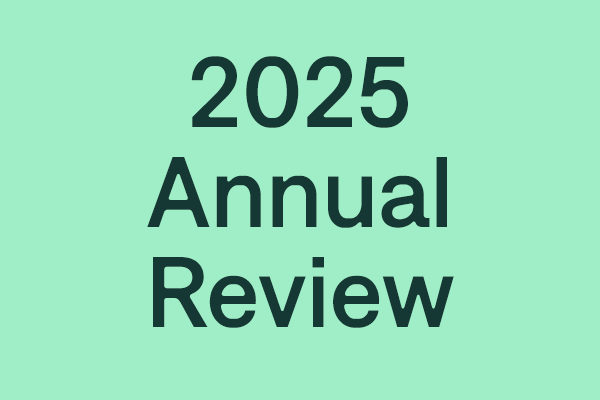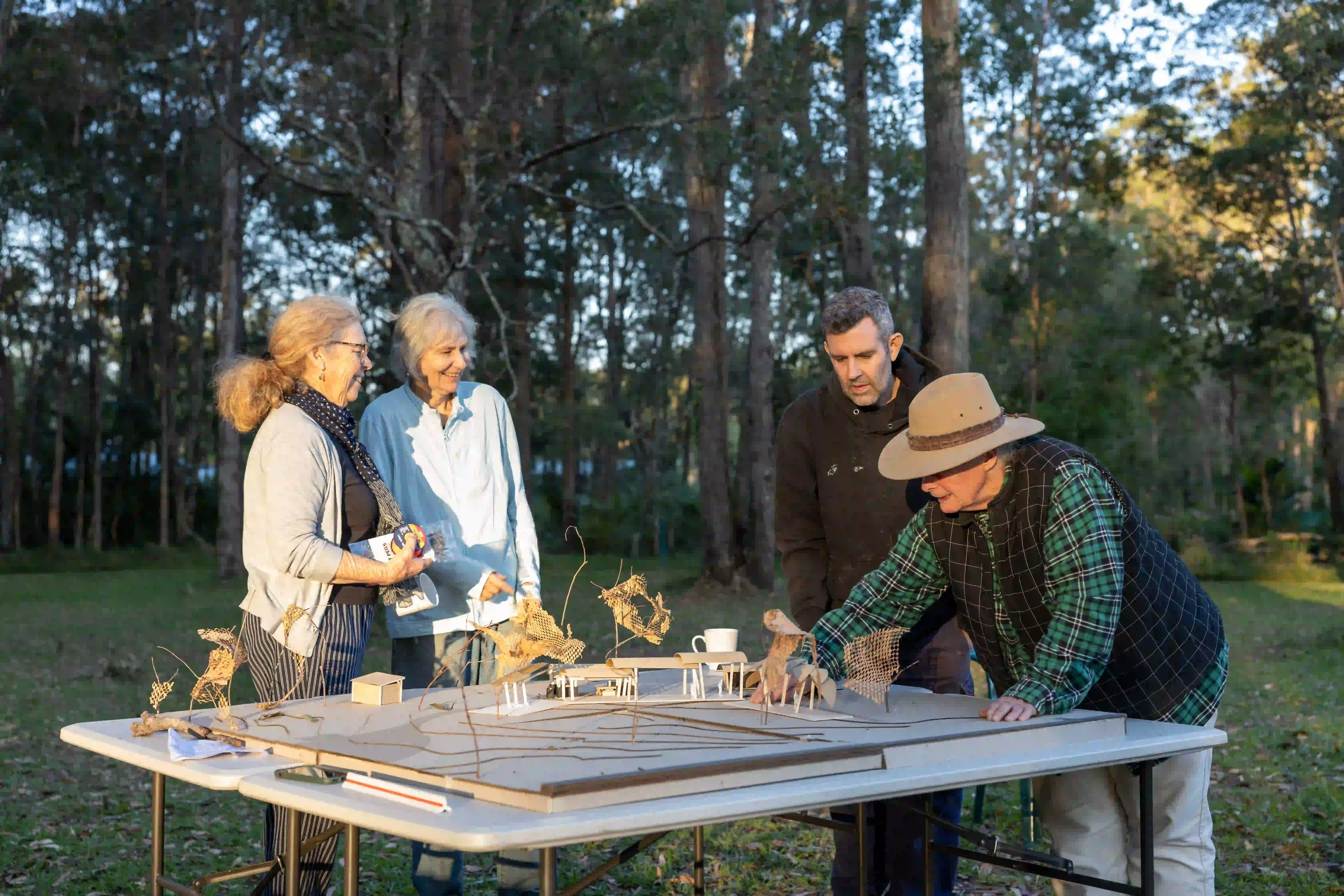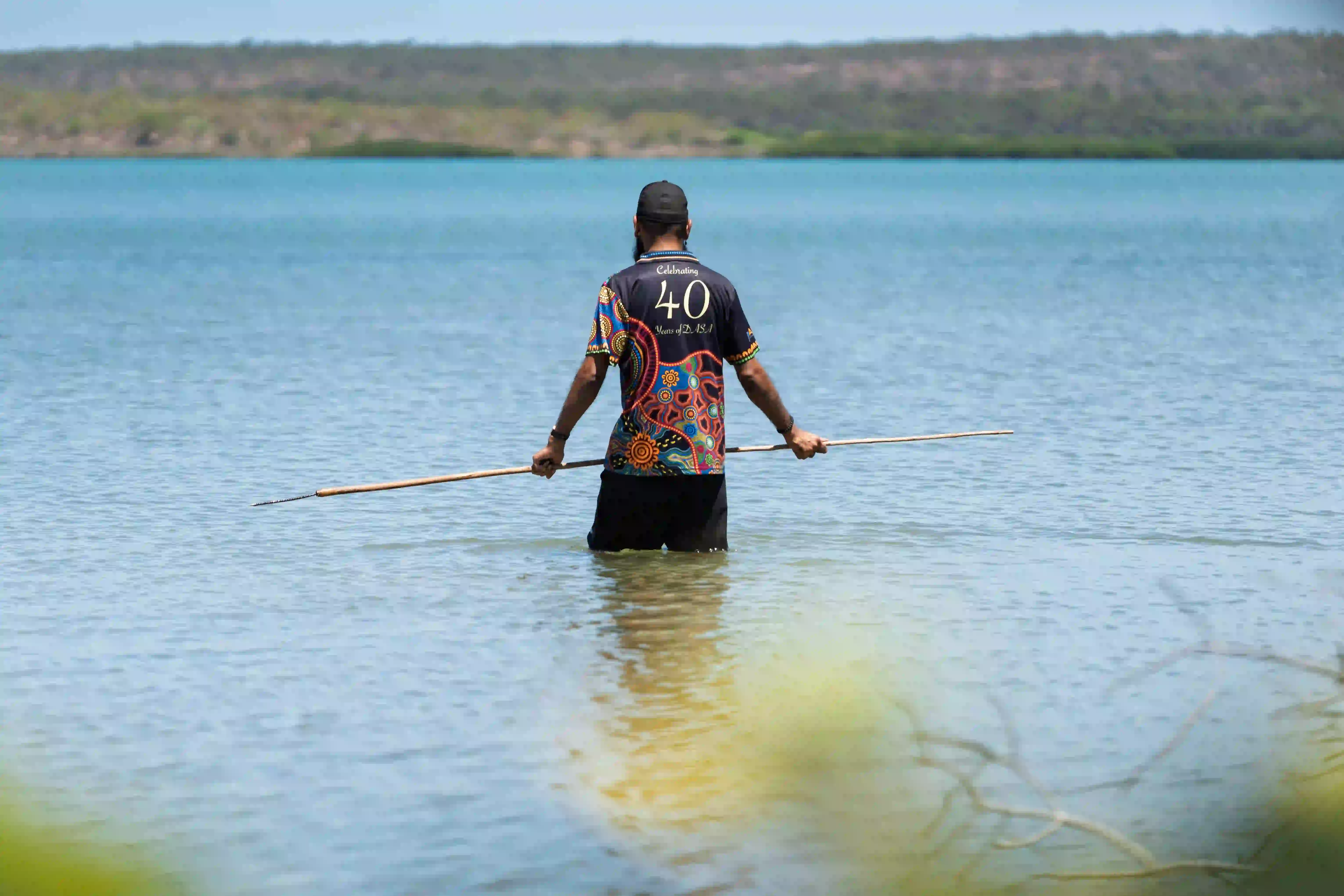As numerous government agencies and charity groups respond to the unprecedented 2019-2020 bushfire season, many organisations are struggling to find the information they need. PRF is among them.
As we pursue our longer-term responses to support community resilience and recovery from the fires, drought, and potential impacts of COVID-19 pandemic, we want to start by sharing the data we have gathered in this process.
We believe that openly sharing information in the public interest can increase its value and amplify the impact of its application across sectors, communities and organisations. Our open data portal will enable anyone to view and download key data, beginning with the geography of burnt areas.
We also welcome collaboration and contributions from other organisations to enhance the quality of Australia’s shared data environment.
The 2019-2020 bushfire crisis was significant in terms of scale, intensity and duration. The severity of its impact on communities and vast tracts of forests across Australia was unprecedented.
As these fires unfolded, both the public and private sector deployed an impressive range of innovative data and monitoring tools for real-time fire and emergency management. These ranged from aerial thermal sensing measuring the intensity of fires to the automating data reconciliation software to combine data on fire service reports, road-closures, the Bureau of Meteorology weather models, and reports from citizens in order to predict and warn communities of fire risks.
As scholars at the University of Adelaide have highlighted, despite the impressive real-time monitoring, data were captured in ways that did not track the full extent of damage, including across state borders.
New research is emerging weekly, providing more nuanced understanding of this bushfire season. A series of studies recently published in Nature estimate that a fifth of Australia’s broadleaf forests burnt. Our bushfire maps published here draw further attention to the sheer scale of the area and number of people affected directly and indirectly.
The NSW Council of Social Service (NCOSS) has recently released a report discussing how specific regions, already facing income-based and economic forms of disadvantage, are now being adversely impacted by the bushfires. Further analysis is now needed, however, to understand where, and how, these fires amplify or compound multiple existing cycles of disadvantage in communities. This includes the increased financial stress on families, demand for physical and mental health services, and educational impacts for students.
In support of the PRF bushfire response and our broader mission to break cycles of disadvantage, we have brought together data sources from the Commonwealth and state governments of Queensland, New South Wales, Victoria, Tasmania, and South Australia to map the extent of burned areas across the eastern seaboard from the 2019-20 fires. We collaborated with Societel Consulting, and they combined more than 150,000 data points from multiple sources and have now automated a daily update to further aggregate state and territory public data. The data on the platform can be compared or combined with the recently released maps from the Commonwealth Department of Agriculture, Water and the Environment. Each data set uses different calculation techniques to map burnt areas. This allows these two maps to be used together to provide a detailed view of this seasons burnt areas.
The data are being hosted on an open data portal so that anyone can view the map online and download the data to support their activities. By aggregating and standardising data across state borders, we aim to make it more accessible and more useful for charities, community leaders, response agencies, and community members.
At PRF, we found it difficult to access and aggregate the data we needed to design and advance our bushfire response. Having now done the data compilation work, we want to share it so others can benefit and, in turn, we encourage other organisations to do the same. Our open data portal provides one easy way to do so.
All data made available must adhere to strict ethical and governance standards and comply with Australian privacy law and data user ethical standards. The platform will not accept or publish data that can be used to identify individuals.










